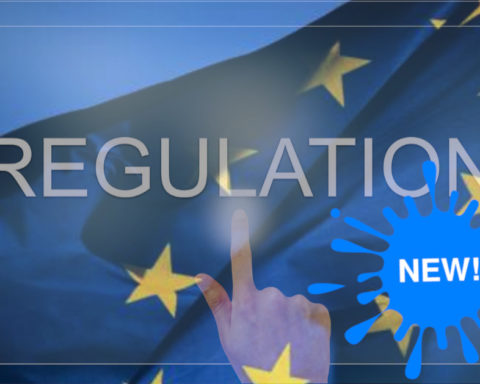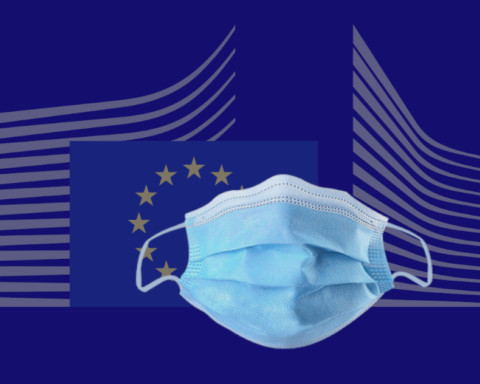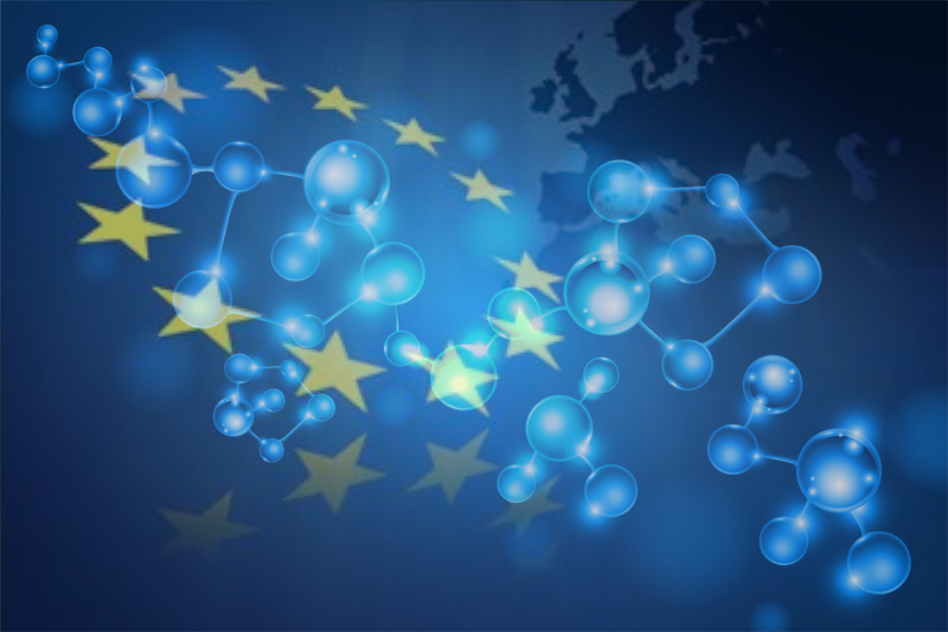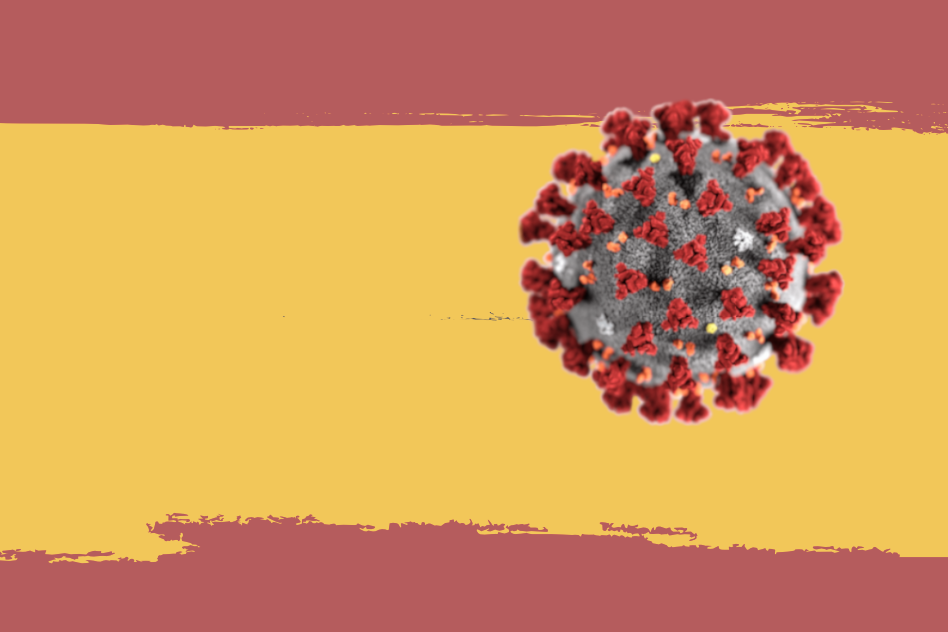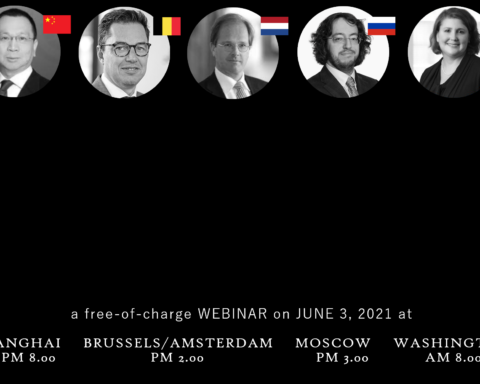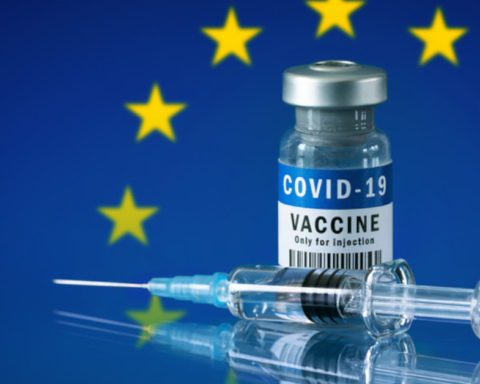In order to protect the EU’s health workers – the first line of defense against COVID-19 – the EU will now be controlling certain personal protective equipment.
By Carolina Dackö, Mannheimer Swartling & Gerard Kreijen, Loyens & Loeff |March 18, 2020
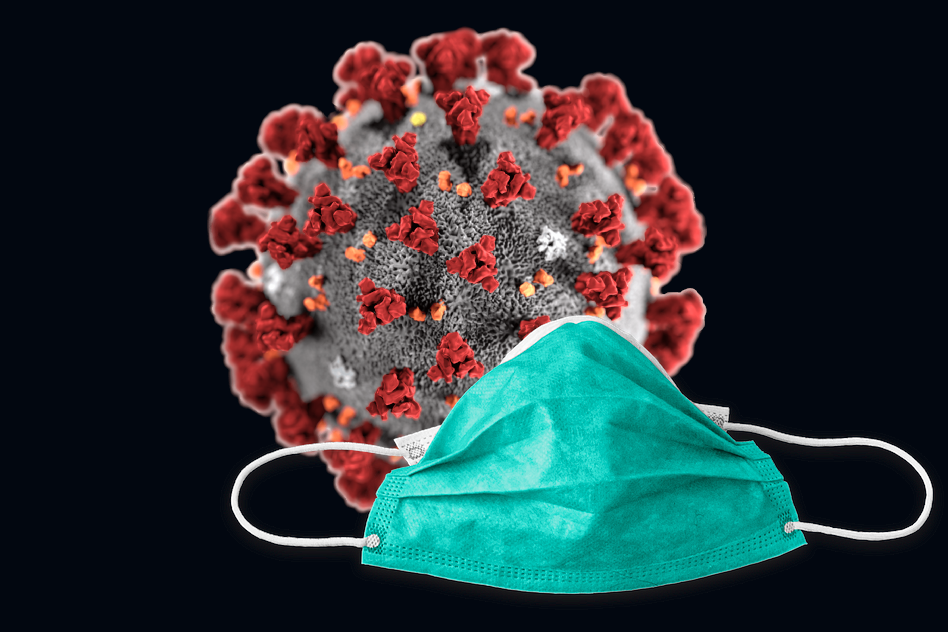
Commission Implementing Regulation (EU) 2020/402 of 14 March 2020 imposes an authorisation requirement on export of such equipment, whether or not originating in the EU, if exported out of the EU. The authorisation shall be sought from the competent authority of the Member State where the exporter is established. According to a statement by Commission President Ursula Von der Leyen, this regulation is part of a broader EU effort to also ramp up the production and coordinate the sharing of protective equipment within the EU.
The considerations of Regulation 2020/402 highlight that under the prevailing circumstances medical protective equipment is essential for preventing the further spreading of COVID-19 and safeguarding the health of medical staff treating infected patients. The demand for medical protective equipment has been exacerbated in recent days and is expected to continue increasing significantly with shortages developing in several Member States. Current stock and production levels will not be sufficient to meet demand within the EU.
Exports of certain quantities of specific products may be authorized under specific circumstances such as to ensure assistance to third countries and depending on the needs of the Member States.
Regulation 2020/402 entered into force on 15 March 2020, the day on which it was published in the Official Journal of the European Union. It applies for a period of six weeks, i.e., until 26 April 2020, and then automatically ceases.
The personal protective equipment that is now being controlled is listed in Annex I to the regulation. The categories included in this annex are protective spectacles and visors, face shields, mouth-nose-protection equipment, protective garments, and gloves. Each of these categories is accompanied by a brief description and the Combined Nomenclature (CN) codes of the products falling into the category.
Member States are under an obligation to process applications for export authorisations within a period of time “to be determined by national law or practice”, which shall not exceed 5 working days. That maximum period may be doubled “[u]nder exceptional circumstances and for duly justified reasons”.
Annex II sets out the form for the export authorisation and contains a rather detailed explanatory note. If granted, the authorisation is valid in all Member States of the EU until its expiry date (which shall be no later then 26 April 2020). The form allows for requesting an authorisation for four different products.
Regulation 2020/402 lists a number of considerations (non-exhaustively) which Member States shall take into account in deciding whether to grant an export authorisation. These considerations clearly place this decision in the framework of existing mechanisms for international cooperation and assistance within but also outside the EU context.
More generally, it is worth noting that the mechanism established by Regulation 2020/402 falls outside the familiar framework for controlling dual-use and military controls. As such the new regulation is based on Articles 3 and 5 of Regulation 2015/479 on common rules for exports and, ultimately, on Article 207(2) of the Treaty on the Functioning of the European Union (TFEU) regarding the definition and implementation of the common commercial policy.
This may give rise to questions concerning competence. Regulation 2020/402 shall be directly applicable in all Member States and in principle prevails over Member State regulations that conflict with its provisions. Main producing countries Germany, France and the Czech Republic have already restricted the export of medical protective equipment, requiring exporters to apply for a licence from their national authorities. These countries will have to ensure that their national regulations in this regard are in line with the provisions of Regulation 2020/402, including with the relevant considerations for refusing or granting authorisations.
Member States will also have to identify the ‘competent authorities’ for dealing with applications for authorisations. To the extent that national laws do not provide for this, it seems that this task may be attributed to the national institutions that have experience with trade controls in general. However, given the particular nature and the sensitivity of controls on medical protective equipment it is quite possible that other bodies will be appointed as competent authorities. Exporters should watch this closely.
A potential complication of the authorisation procedure may be that the evaluation of the considerations to grant an authorisation typically seems to be in better hands with a supra-national organization like the EU than with the individual Member States. If so, the competent authorities of the Member States will have to consult with the responsible EU institutions before deciding on the granting of an authorisation. Regulation 2020/402 does not provide for any clues in this regard.
Looking ahead, the fight against the spreading of the Coronavirus is likely to lead to extensions of the present authorisation requirement to other items, for instance to life support machines. If friction with the policies and preferences of individual Member States is to be avoided, the EU will need to take a clear lead in defining and coordinating an effective overall policy.
Another foreseeable risk is that other trading partners will react with similar export restrictions, which would have negative consequences for the supply chain for EU producers and distributors. Such reactions could ultimately drain the availability of medical protective equipment in the EU.
In light of the magnitude of the crisis and the speed of the present developments pairing Member State national interests, EU interest and global supply, is nothing less than a daunting task.
Authors of this post are:
| | |
- EU Restricts Export of Personal Protective Equipment - March 18, 2020
- Carolina Dackö - June 1, 2016



